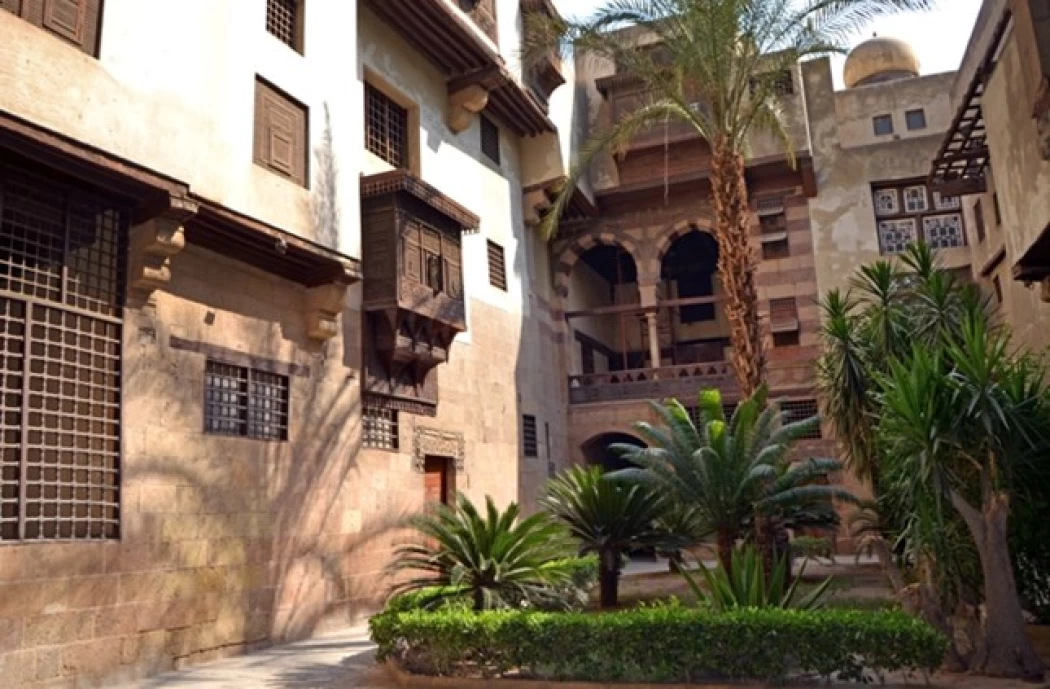
Bayt al-Suhaymi in Cairo
Bayt al-Suhaymi in Cairo
The Suhaimi House transports you back in time to the Ottoman period which was notable in being very artistic with the bold designs of Islamic architecture and Suhaimi House serves as an exceptional example of Islamic style of architecture of private residences.
This is the only complete house that epitomizes the Ottoman architectural styles in Cairo, Egypt, and the Egyptian film industry has also utilized this beautiful house for the recording of some movie clips. The viewer of Egyptian films who aims to enjoy this kind of archeological pottery used in the films could be motivated to rewind the time because he/she wants to inhabit one of the dwelling houses where these kinds of films depict the beautiful architecture and interior design, as it is one of such houses and still exists today.
When you go up to the first floor, you find a group of halls similar to those on the ground floor, except that they contain many windows covered with mashrabiyat or wooden schnecks, some of which overlook the nave, and others overlook the street, and from behind them the women of the house can watch what is happening in the street or the garden It is believed that this is why the idea of mashrabiya started, as heritage books confirm that the word mashrabiya comes from the verb “to drink”, and the lack of an iwan on this floor makes us not know if these halls were intended for sleeping or something else, in addition to some private rooms.
One of the rooms in the marine section, whose walls are covered with blue faience decorated with delicate floral motifs, and includes a set of utensils made of porcelain and colored ceramics, so it is likely that it was the “kitchen” of the house, next to it is a very small room that was used to store food, and there are two bathrooms with a vaulted ceiling with round glass openings that help the sun's rays enter, one is used in the summer, and the other in the winter, where there is a stove to heat water for “massage” sessions
In addition to a third traditional bathroom, covered with white marble, with a vaulted ceiling and round glass slots that help One is used in summer, and the other in winter, where there is a stove to heat water for “massage” sessions, in addition to a third traditional bathroom, covered with white marble, with a vaulted ceiling and square and circular openings covered with colored glass, and the house does not have beds for sleeping, so its residents slept on mattresses made of decorative velvet.
Al-Suhaimi House is an Arabic house with a unique architecture that was built in the Ottoman style, so the ground floor was dedicated to men, called the salamlik, and the upper floor for women, known as the haramlik. The house consists of two sections, the first is attributed to Sheikh Abdul Wahab Al-Tablawi, who built it in 1058 AH / 1648 AD, while the second section.














